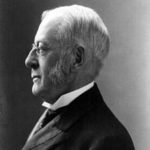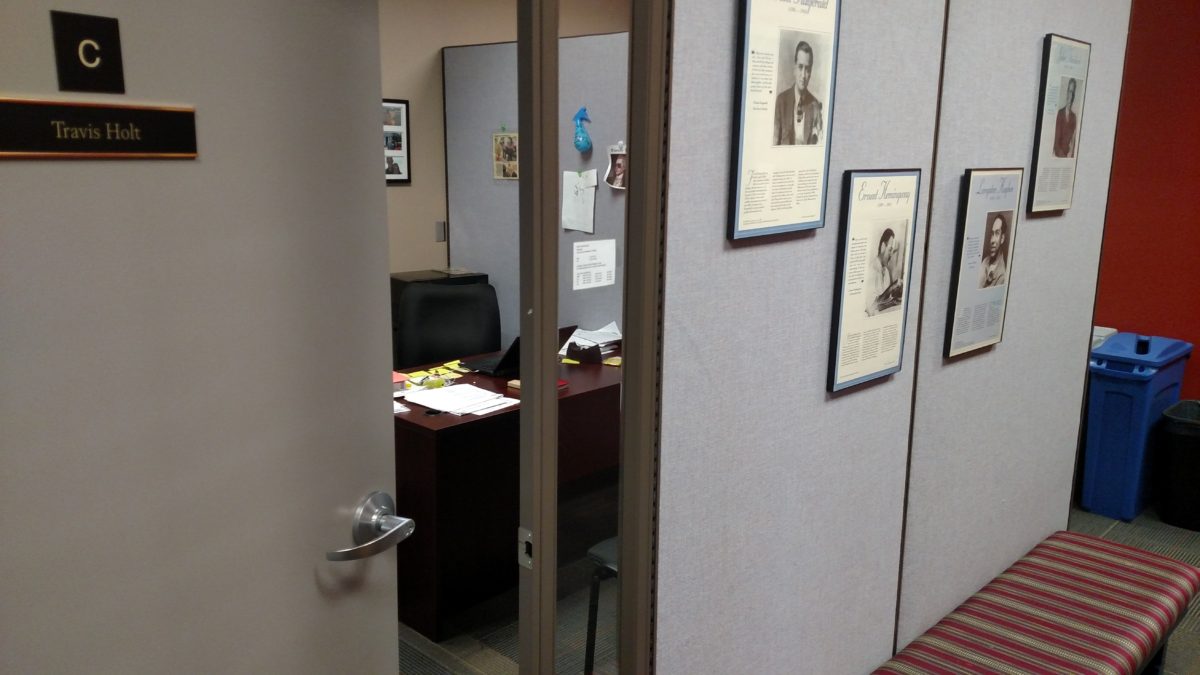While Composition’s broad history allows for multiple origin narratives, finding shared points between them provides a more stable genesis, which later connects specifically to Basic Writing. The most common origin story situates composition studies’ beginning at Harvard towards the end of the nineteenth century when Charles Eliot led the charge for a new composition program. However, the exigencies for this did not composition driven by pedagogical needs; rather, it is a direct

result of institutional motives for growth, specifically having articulation, which Miller (2010) echoed is a part of current composition classrooms also, and accreditation serving as the focal points for the creation of the FYC (Skinnell, 2014). In order to increase the student population, Harvard chose to look beyond just the traditional private academies and began recruiting from public high schools. Accreditation led to the FYC at Harvard to be implemented on a broader scale as universities worked to establish a consistent curriculum that bridged what high school students learned in the last year of secondary education to the standard courses they would take during the first year at the university (Skinnell, 2014). Harvard’s FYC was innovative, but it was not necessarily the most successful.
While it may be credited with the first FYC program, Harvard and many other Ivy League schools saw their composition programs as a whole fade because they did not adjust to the research methods and terminology introduced after the American university paradigm shift to a more German university model, and it was not until the 1960s that it experienced a resurgence when rhetoric became part of the discipline. Yet The Ohio State University’s composition program, led by Joseph Denney, presents an alternate narrative to the history of composition. As a result of the Morrill Act of 1862 that established Land Grant institutions (OSU was one) and pushed for the “objective inquiry and scientific methods” (McCommiskey, 2006, p. 6) which the traditional humanities, such as those in Ivy League settings mentioned above, struggled to navigate, vocational interests increased. Denney understood the research terminology to be less rigid; thus, “he establish[ed] rhetoric as a significant feature of the university curricula and develop[ed] a writing program that allowed students to work within their field of interest” (Mendenhall, 2011, p. 132). Denney’s contributions present a significant point in Composition’s history and current existence: adaptation is critical to growth.
Like composition’s origin story beginning with Harvard, Basic Writing has a de facto beginning in the work of Mina Shaughnessy (1977), but Ritter (2008) contended that Shaughnessy’s socially-based definition, focusing on marginalized social groups, was inaccurate as some Ivy League schools, including Yale, had Basic Writing students. Even Harvard expected some students to fall below the traditional expectations (Adler-Kassner and Harrington, 2012, p. 34). The university system as a whole experienced the effects of the paradigm shift to the research university model; thus, Basic Writing, while not always identified clearly, had some form of existence in the university system as early as the early to mid-twentieth century, shortly after the rise of Composition studies.
So how does this all connect? How does the genesis of Composition in general explain the origin of Basic Writing? Again, the exigencies of institutional growth expanded the search for prospective students at institutions of higher education near the end of the nineteenth century and later, and with a broader base including public high schools and an increased number of accepted applicants, the disparity between their writing abilities became greater. This in addition to newly formed accreditation agencies and the paradigm shift to the German university research model led to created “standards,” of which some of the students fell below: enter Basic Writers. So whereas Shaughnessy (1977) sought to define basic writers according to social markers, Basic Writing’s history, as it connects to the broader history of Composition, suggests that institutional motives and created standards define Basic Writers without cultural or social limitations: “Looking at basic writing through the lens of modern assessment theory, we see clearly that basic writers are defined not by any objective criteria but by relative criteria used, in contexts as disparate as Ivy League institutions and local community colleges, for well over a century to single out some students” (Adler-Kassner and Harrington, 2012, p. 30). Such a history is true, but to bypass statistics showing a higher rate of minorities and nontraditional students needing basic writing courses would be problematic.
Why do these connections matter to the current debates in the field (#810 course goals)? To better understand our current issues, we must understand the past that got us here. Scholarship has questioned when Basic Writing arrived, yet the current struggle for Basic Writing is not “does it exist?” but “where will it exist?” as recent educational reform pushes to relegate such classes at community colleges, cutting funding of the course at four-year universities. While Basic Writing is largely a product a paradigm shift at the end of the nineteenth century, it faces significant challenges as a result of a new one.
References
Adler-Dassner, L., & Harrington, S. (2012). Creation Myths and Flash Points: Understanding Basic Writing through Conflicted Stories. In K. Ritter & P. Kei Matsuda (Eds.), Exploring Composition Studies (pp. 13-35). Boulder, CO: UP of Colorado.
McCommiskey, B. (2006). Introduction. In B. McCommiskey (Ed.), English Studies: An Introduction to the Discipline(s) (pp.1-65). Urbana, IL: National Council of Teachers of English.
Mendenhall, A. S. (2011). Joseph V. Denney, the Land-Grant Mission, and Rhetorical Education at Ohio State: An Institutional History. College English, 74(2), 131-156. Retrieved from http://www.jstor.org/stable/23052356
Miller, T. (2010). The Evolution of College English. Pittsburgh, PA: U of Pittsburgh P.
Ritter, K. (2008). Before Mina Shaughnessy: Basic Writing at Yale, 1920-1960. College Composition And Communication, 60(1), 12-45. Retrieved from http://www.jstor.org/stable/20457043
Shaughnessy, M. (1977). Errors and Expectations: A Guide for the Teacher of Basic Writing. New York: Oxford UP.
Skinnell, R. (2014). Harvard, Again: Considering Articulation and Accreditation in Rhetoric and Composition’s History. Rhetoric Review, 33(2), 95-112. Doi: 10.1080/07350198.2014.884406
